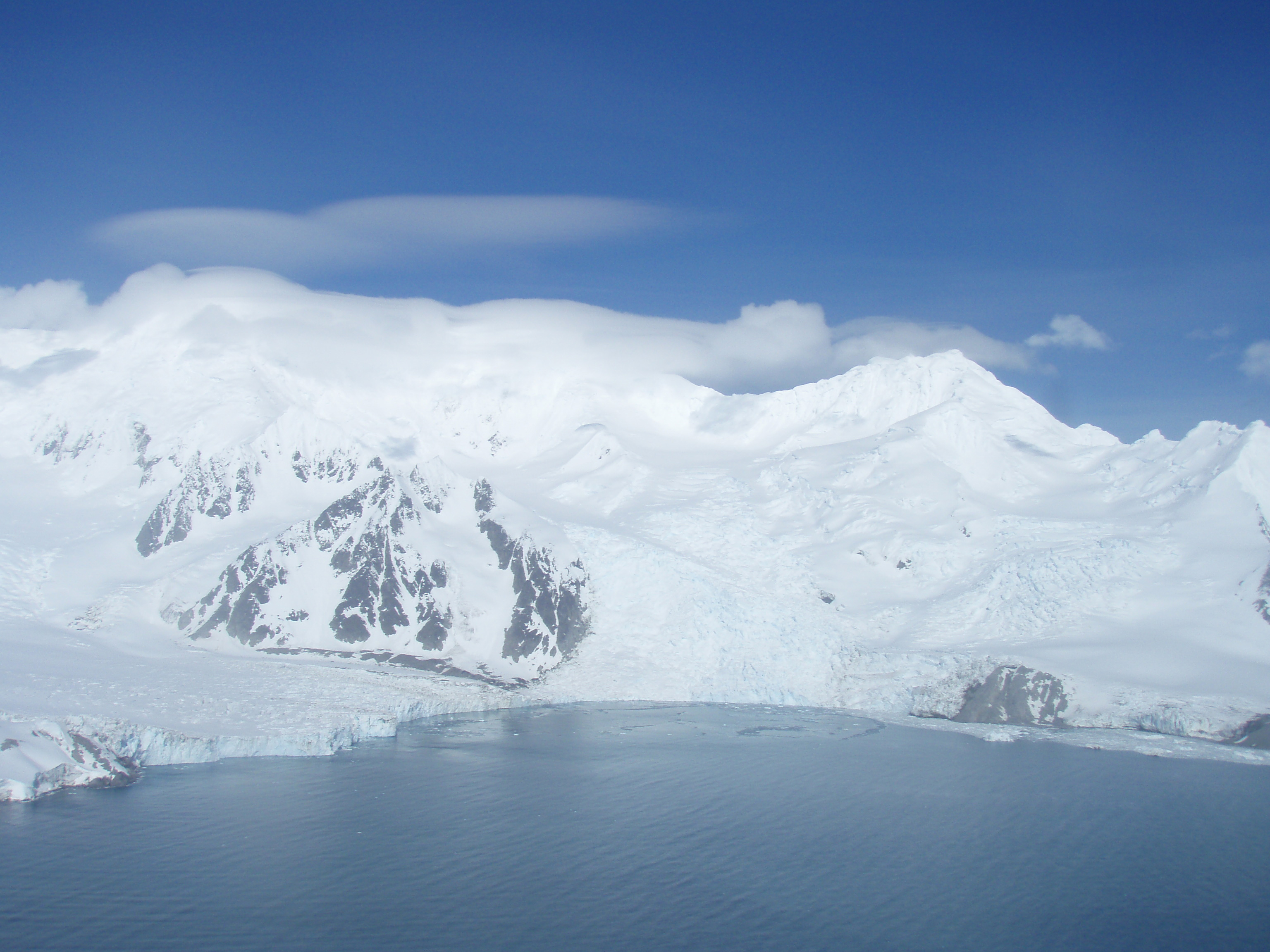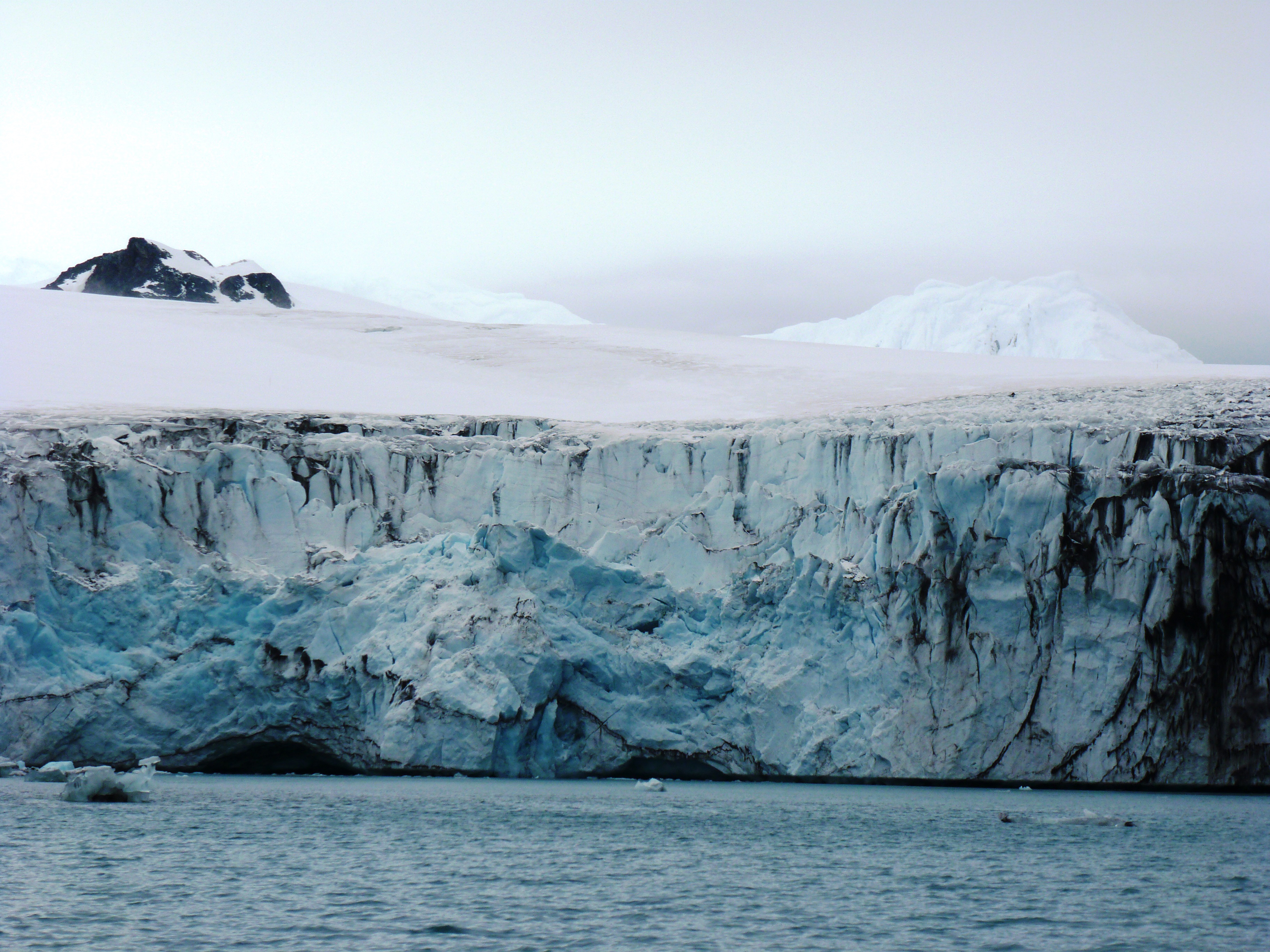Sudden and Rapid Ice Loss Discovered in Antarctica

The pace of climate change in Antarctica can now be measured in dog years.
Several massive glaciers in the southern Antarctic Peninsula suddenly started to crumble in 2009, a new study reports today (May 21) in the journal Science.
"Out of the blue, it's become the second most important contributor to sea level rise in Antarctica," said lead study author Bert Wouters, a remote sensing expert and Marie Curie Fellow at the University of Bristol in the United Kingdom.
The discovery means Antarctica's entire western coast is now losing ice. "This is an important signal that we've got really rapid change going on in Antarctica," said Neil Glasser, a glaciologist at Aberystwyth University in the United Kingdom who was not involved in the study. [Images of Melt: See Earth's Vanishing Ice]
The southern Antarctic Peninsula's 466-mile-long (750 kilometers) coastline borders the Amundsen Sea. Because its glaciers were stable before 2009, this area has been mostly ignored by scientists, Wouters said. But when the peninsula turned up as a potential melting hotspot in a recent analysis of new satellite data, the research team decided to take a closer look, he said.
Wouters and his co-authors combined data from three satellites to measure the surface elevation of glaciers between 2003 and 2014. They found that there was no significant ice loss until 2009, when at least nine glaciers starting thinning. Some of the glaciers are now shrinking by as much as 13 feet (4 m) each year, the study reported. The drawdown also reached some 62 miles (100 km) inland from the coast.
That's comparable to the peninsular glaciers' notorious southern neighbor, Pine Island Glacier, which is thinning by more than 3 feet (1 m) per year.
Get the world’s most fascinating discoveries delivered straight to your inbox.
"The entire region is out of balance, and it was quite unexpected," Wouters told Live Science.
In all, the southern Antarctica Peninsula added about 80 trillion gallons (300 trillion liters) of water to the ocean between 2009 and 2014, the researchers said. If melted completely, the thinning glaciers would raise sea level another 14 inches (35 centimeters), Wouters said.
However, Glasser urged caution in embracing the findings because of the short time span of the anomaly and the lack of fieldwork to confirm the satellite observations. "This is a real snapshot," he said.
For the new study, Glasser's team analyzed only what is happening to the glaciers, not why it's happening. But research published in Science last year offers a possible explanation. The Nov. 10, 2014, study found that, in the Amundsen Sea, a warm, deep ocean current is welling up near the coastline, driven by changes in wind flow around Antarctica. The warm water is likely melting both the underside of the Antarctic Peninsula glaciers and the floating ice shelves that hold them back like doorstops. This attack from below has been implicated in the collapse of Pine Island Glacier and the Antarctic Peninsula's Larsen ice shelves.
Wouters said the southern Antarctic Peninsula's floating ice shelves may have started thinning up to 25 years ago, before the land-based glaciers began shedding ice. "The ice shelves may have passed some tipping point that held the [glaciers] back until 2009," he said.
Also, between 2003 and 2009, the ice loss in the southern Antarctica Peninsula was balanced out by extra snowfall, said Ted Scambos, a glaciologist at the National Snow and Ice Data Center in Boulder, Colorado, who was not involved in the study. Now, the thinning has outpaced the snowfall.
"We're seeing enough mass loss to more than make up for that snow accumulation," Scambos told Live Science.
Follow Becky Oskin @beckyoskin. Follow Live Science @livescience, Facebook & Google+. Originally published on Live Science.




